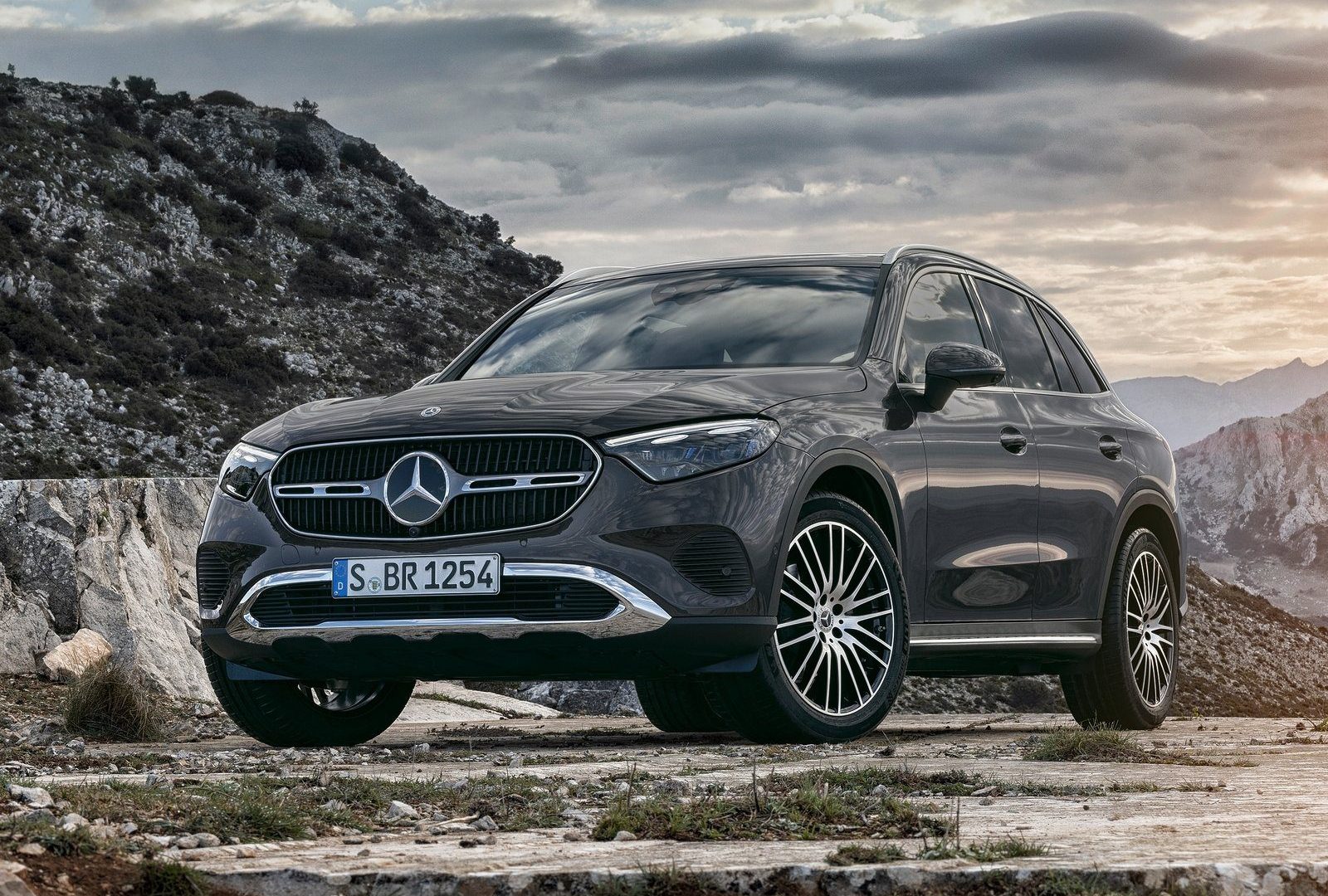Mercedes-Benz Sales Data, Trends & Analysis for the European Automotive Market
Mercedes-Benz sales and market share in Europe have increased slowly but steadily from 2009 to 2017, adding almost 2 percentage points of market share in the period, as the consumer preferences have shifted from mainstream to premium or low-cost. But even among luxury brands Mercedes-Benz has been the big winner, retaking its crown as best selling brand from Audi in 2016, after having been outsold for 7 straight years.
New model introductions have been frequent and have added to the brand’s growth. The brand has expanded its small car line-up which started with the new generation A-class compact hatchback, introduced late 2012, which has almost doubled sales of the previous MPV-styled model that appealed to the elderly only. Finally Mercedes-Benz is competitive in the very popular premium compact segment, and the A-class briefly was the brand’s best selling car in 2013. The brand’s traditional best seller C-class was all new for 2014 and immediately retook its crown. Its styling resembles that of the S-Class limousine and the CLA 4-door coupe, which has been a runaway success since its introduction early 2013, also helped by a shooting brake station wagon version. The new generation E-class, introduced in 2016, also looks very similar to the C-Class and S-Class as the brand’s traditional sedans are losing sales to its crossovers and SUVs.
The GLA, a small premium crossover to compete with the BMW X1 and Audi Q3, entered showrooms across Europe in 2014 and it helped the brand closing in on the second place in the premium market from arch-rival BMW and reduce the gap with Audi, the years-long premium leader in Europe. In 2015, Mercedes-Benz continued to work on its SUV line-up, replacing the GLK with the GLC and facelifting the M-Class, renaming it the GLE. The Germans also introduced the GLE Coupe as a rival to BMW’s X6. A GLC coupe to rival the X4 was launched in 2016 as well. The top-segment was not forgotten with the S-Class Coupe and Convertible, and the AMG GT, also introduced in 2015, is Mercedes’ first real competitor to Porsche’s 911. In 2019, Mercedes-Benz started sales of its first mass-market electric car, with the EQC crossover under its all-new EQ subbrand.
Mercedes-Benz Europe Sales Figures & Recent Highlights
Mercedes-Benz sold 685,511 vehicles in Europe in 2020 down 19% from 2019. 2021 saw further declines, with sales down to 580,499 as COVID and supply chain issues continued to wreak havoc on the new car market. Growth returned in 2022, up 10.6% to 642,015 cars sold.
Mercedes-Benz launched the all-new EQS SUV in Europe in 2022. The EQS SUV is the first Mercedes-Benz SUV to be based on the company’s new EVA2 platform. Mercedes-Benz also launched the all-new C-Class in Europe in 2022. The C-Class is the company’s best-selling model in Europe. Mercedes-Benz plans to launch two more electric vehicles in Europe in 2023.
Mercedes-Benz plans to electrify its entire lineup by 2030. The company also plans to introduce a new range of mild-hybrid and plug-in hybrid vehicles in Europe in the coming years.
Mercedes-Benz Annual Sales, Growth and Market Share in Europe
Below we have a table that shows total Mercedes-Benz sales volumes for the European automotive market, broken out by year. This data captures all Mercedes-Benz vehicle sales for the entire European automotive market.
Mercedes-Benz Europe Annual Sales Units & Growth Chart
Below is a visual representation of Mercedes-Benz Europe sales units over time. We have both the Mercedes-Benz sales units and the market share in the European market. Click on the items in the legend to see each series by itself.
Mercedes-Benz Europe Growth Rate & Market Share Chart
Below is the annual growth rate for the Mercedes-Benz brand in Europe, shown against the Mercedes-Benz’s marketshare changes in Europe. This gives you a good look into how Mercedes-Benz has faired against the other brands in terms of absolute sales and effect on marketshare. Click on the items in the legend to see each series by itself.
The Best-Selling Mercedes-Benz Cars & SUVs in Europe
COMING SOON
Car sales statistics are from the following countries: Austria, Belgium, Cyprus, Czech Republic, Denmark, Estonia, Finland, France, Germany, Great Britain, Greece, Hungary, Iceland, Ireland, Italy, Latvia, Lithuania, Luxembourg, Netherlands, Norway, Poland, Portugal, Romania, Slovakia, Slovenia, Spain, Sweden, Switzerland.
Sources: Manufacturers, ANDC, JATO Dynamics.









